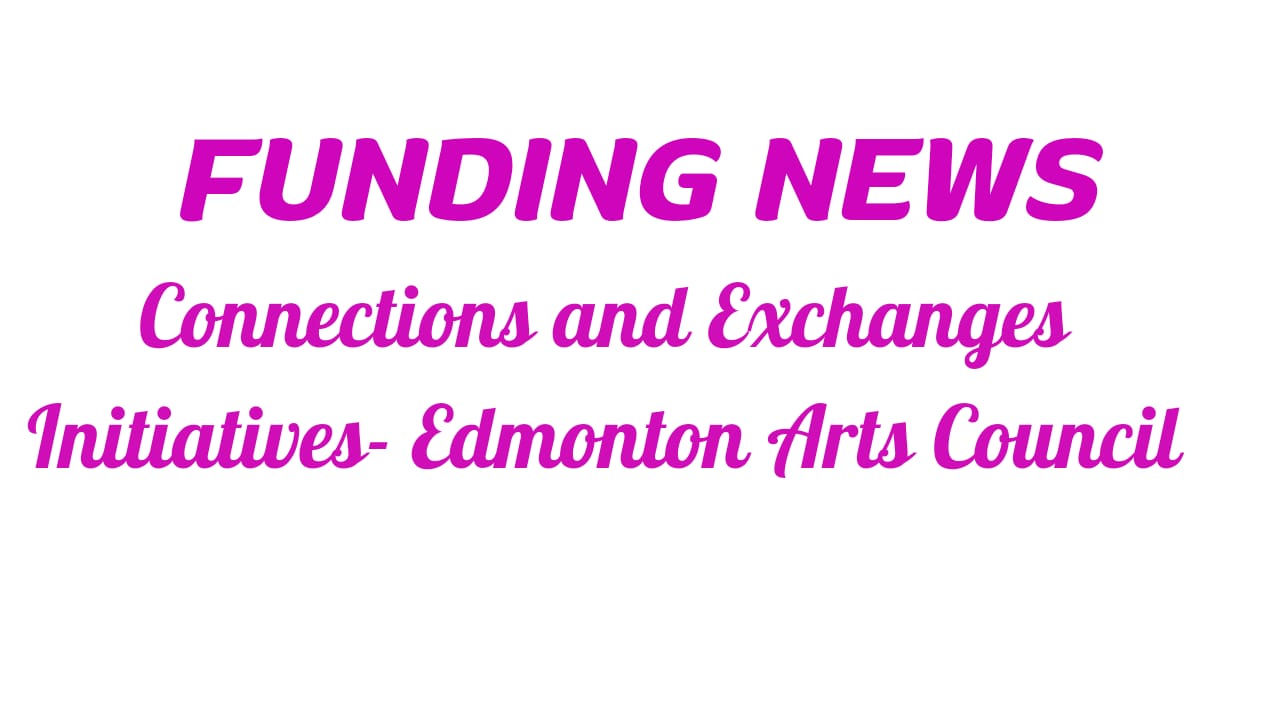
Empty Fridges and Happy Children | YegWatch Episode 3
The Preamble
I have been writing this one article for over a week. On many levels, this write up has been personal and painful to write. I know the agony of an empty fridge or a near-empty pantry. I know the mental torture of insomnia that comes from worrying. Worrying about bill payments, worrying about rent, worrying about whether or not there would be enough money to pay the bills and put food on the table.
I know worrying does much harm than good, but you worry anyways. Even when the fridge is well stocked up, you wonder how long the fridge will stay stocked up for and then you worry about when and if you would have the resources to stock up again.
I imagine I am not alone. Several of my friends are single mothers. I see how they depend on the monthly Food Bank provision for milk, eggs, spaghetti and fruits for their kids. I know how they juggle Uber Eats, Skip the Dishes and a narrow array of low paying jobs to put food on their table. I know the desperation between the lines. I see that for some them, they have had to cancel excesses like the Disney Channel, NETFLIX, cable TV, Amazon Prime, Audible, gym membership etc
It is what this season calls for. According to a report written by Margaux Robertson for the Edmonton Women’s Initiative, one in every five women is poor in Canada (Canadian Women’s Health Network, 2012). In this 25 page report, they note that immigrant women and indigenous women face layers of poverty.
“Poverty is gendered, and women are more likely than men to live in poverty. Women are also most likely to head lone-parent households, which means that children are also adversely affected by gender inequity in Canada. Women in Canada makeup about half of the population but on average have lower-incomes, less housing security, more unpaid domestic labour, experience greater rates of poverty and gender-based violence, and in general have fewer opportunities than men. (Canada Without Poverty, 2019)”.
My friends and I live in middle-class type homes, we drive contemporary type cars, our kids look healthy and happy. Yet, one wonders at all if we are all poor? Are we the modern faces of poverty?
“Canada does not have an official definition of poverty, but the working definition sees people living in poverty as individuals who are facing ongoing difficulty to cover expenses for basics like food, rent, utilities, winter clothing, school supplies, and dental care.”
How many of us struggle perpetually with rent payments, food, school supplies and so on? Do we really care to find out?
So she died in Glasgow
Although she died in August 2020 in Glasgow, United Kingdom, Mercy Baguma’s death touches hearts across the world. How did she die? Mercy Baguma originally from Uganda was discovered in a flat in Glasgow on Saturday 22 August after sounds of her son crying were heard. According to the BBC, the refugee charity Positive Action in Housing said Ms Baguma had claimed asylum and lived in extreme poverty. At the time she died, her work permit had expired and she could no longer work.
Is there a chance people could die like this in Edmonton today? Ms Baguma’s death forced me to reflect deeply. As a single mother, to whom do I go if I ever run out of food or the money to buy that food? Are the churches well equipped to take the load of feeding families? Because of the pandemic, church kitchens are not allowed to function. Are family and friends stable enough to provide a hot meal at least? For so many reasons, Ms Baguma’s death rattled me.
I lived in England for nearly two decades. I didn’t realise that people had grown that insensitive or the government had stopped listening. Who do you blame for her death? Her ex-husband, her local council, her neighbours?
One would think that it is impossible to die of starvation in any western country in 2020, but the reality is shocking. Coupled with the pandemic, one wonders at the reality behind closed doors? How do newcomers cope in this city when they run out of cash? I wonder can this happen in Edmonton today? Do we have checks and balances in this system that prevents asylum seekers, single mothers with children, homeless people from dying of starvation?
Thin Lei Win wrote for Thomson Reuters Foundation in January 2020, he wrote that ‘Canadians who cannot afford regular meals are more likely to die early’. The study of more than half a million Canadian adults found that hunger was linked to raised mortality from all causes of death except cancer. But infectious diseases, unintentional injuries and suicide were twice as likely to kill those who faced severe problems finding enough food as those who do not, said the paper, published in the Canadian Medical Association Journal.
Food insecurity is still a problem in Canada today. More than 4 million people in Canada struggle to get enough to eat. To be honest, empty refrigerators, skipped meals and skinny children are all signs of a broken economy. Food insecurity is about the struggle to afford food. In Edmonton today, with a 7% rate of unemployment, an increase in the number of low wages, part-time or contract jobs and a lack of affordable housing are signs of food insecurity. One wonders at the number of households who are not entitled to government support and who consistently skip meals to afford gas in their cars and to keep the heating on.
Mr Varinder Bhullar provides food to Edmonton’s hungry people without asking questions. Lower-income populations, recent immigrants, people of colour single mothers are most likely to struggle from food insecurity. Is adequate food a basic human right? Where do hungry people go to get fed in Edmonton? Are seniors going to bed hungry or skipping breakfast?
According to Endpovertyedmonton.ca, 1 in 10 Edmontonians live on low-income. This represents 119,950 people. 53% of women and 31 % of children live in poverty. 9,705 lone-parent families are living on low income. The rate of poverty for those identifying as Aboriginal is more than twice that of the non-Aboriginal population, with first nations showing a rate of three times that of non- Aboriginal peoples. 42% of those living in low-income identify as visible minority.
If we can tackle the problems that lead to food insecurity, then maybe we can tackle food poverty in Edmonton? With 35,000 of us homeless, the question is can anyone of these vulnerable people die of starvation and alone?
The Conclusion
The writer’s fridge is safely stocked with food at the moment. What about her friends and people in more desperate situation? Other than checking in with my friends, what more can we do to make sure people don’t die of starvation in Edmonton over this winter?
No one dies of starvation in Edmonton – what do you think?





